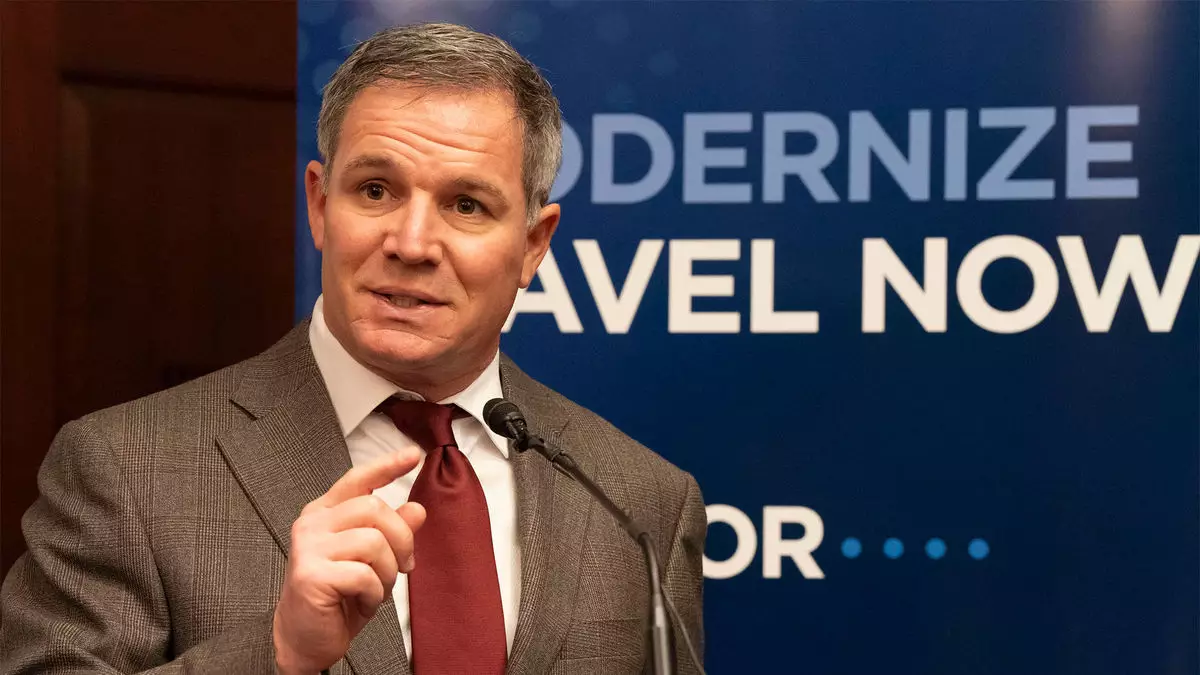As the United States braces for a remarkable influx of tourists over the coming decade, significant vulnerabilities in its air travel infrastructure are becoming increasingly evident. A recent report from the U.S. Travel Association highlights urgent needs for modernization, particularly in light of high-profile global events set to take place in the country. With the 2026 FIFA World Cup, 2028 Olympic and Paralympic Games, and the 250th anniversary of the United States looming on the horizon, nearly 40 million additional international visitors could land on U.S. soil. This potential surge signifies the necessity of proactive planning and immediate action to avert chaos and dissatisfaction among travelers.
The U.S. Travel Association’s Commission on Seamless and Secure Travel has laid out several strategic recommendations for addressing these challenges. Central to their proposals is the establishment of a dedicated task force under the auspices of the White House. This task force would delve into the intricate needs arising from anticipated events and evaluate how best to enhance the current air travel system.
One of the primary recommendations focuses on expediting visa processing for international travelers. By increasing staffing at consular offices, the U.S. could significantly reduce the backlog and streamline the approval process, allowing tourists to make travel plans with greater certainty. Moreover, the report advocates for enhancements to airport technology, particularly in security screening processes, to minimize wait times without compromising safety.
The commission’s vision extends beyond mere staffing changes. It calls for a complete overhaul of outdated air traffic control systems and emphasizes the urgent need to address a shortage of air traffic controllers. By creating a more efficient and technologically advanced air traffic management framework, the U.S. can promote a smoother travel experience.
Additionally, the recommendations include remarkable innovations in airport security protocols. Among these, the proposal to permit travelers to carry larger liquid containers and leave electronics in their bags during screenings could revolutionize the security experience at airports. Such measures would not only expedite the flow of passengers but also align the U.S. with best practices observed in other countries that have already implemented similar strategies.
Geoff Freeman, the CEO of U.S. Travel, underscores the gravity of the situation, stating that this moment presents a “once-in-a-generation chance” for meaningful transformation. Stakeholders must recognize that half-hearted measures will not suffice. Robust and decisive action is vital to meet the rising demand for travel while also enhancing security measures.
As the global tourism landscape evolves, the U.S. risks falling behind if it does not act swiftly to modernize its travel infrastructure. Addressing the myriad challenges posed by increased traveler numbers while ensuring a seamless experience is not just an economic imperative; it is essential for maintaining the country’s competitive edge in the global arena. Failure to adapt and innovate may not just frustrate millions of travelers; it could hinder the substantial economic benefits that a thriving tourism sector has to offer.

